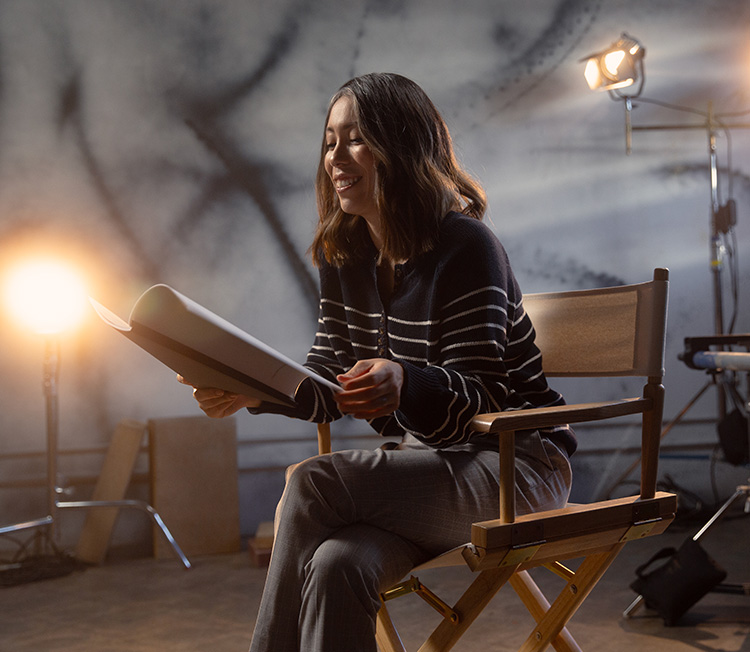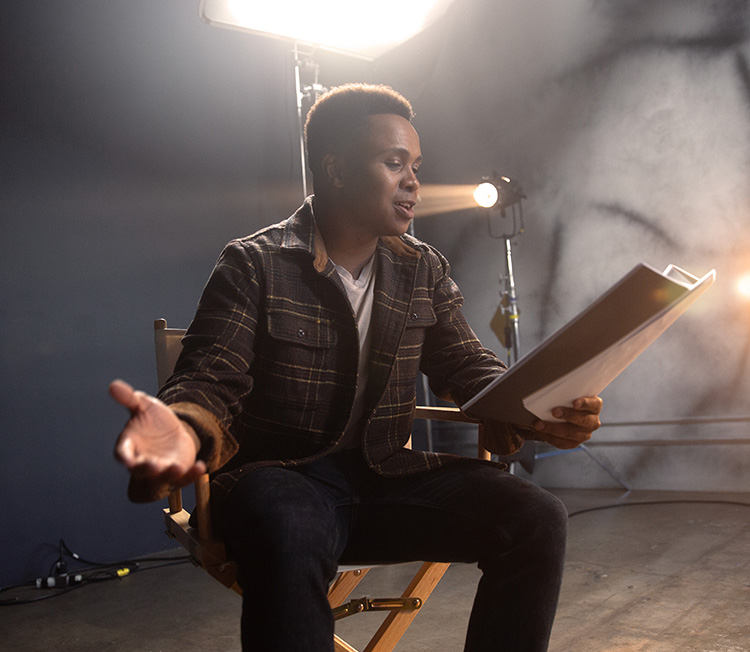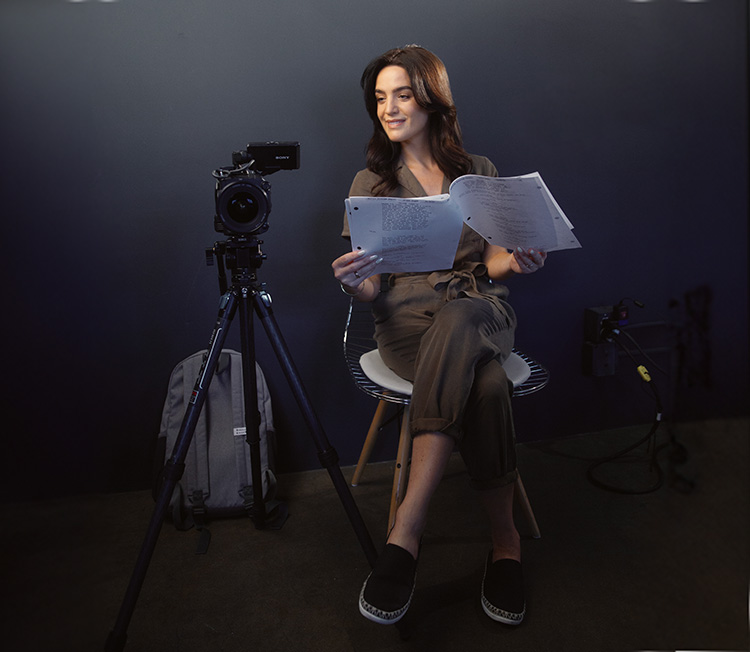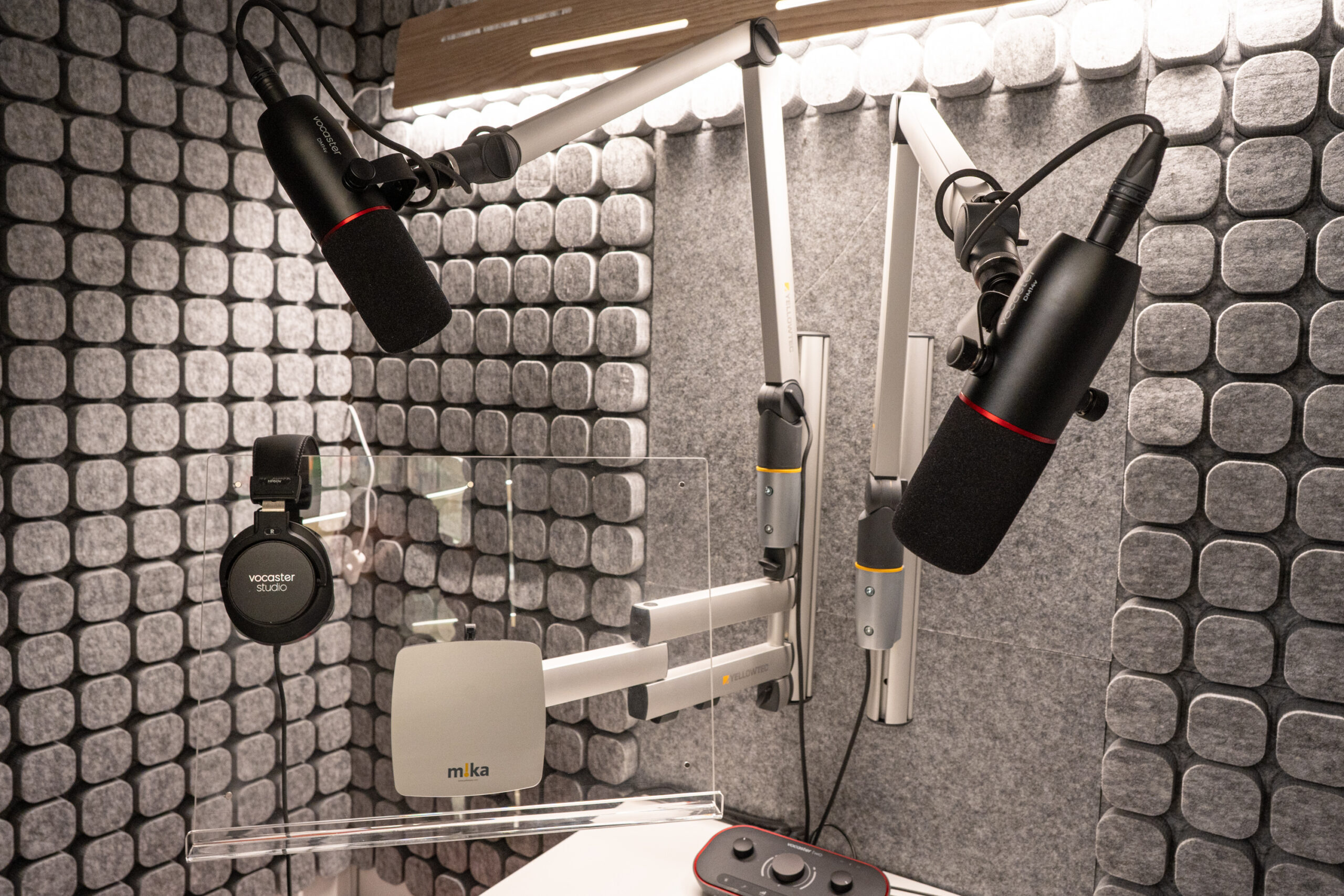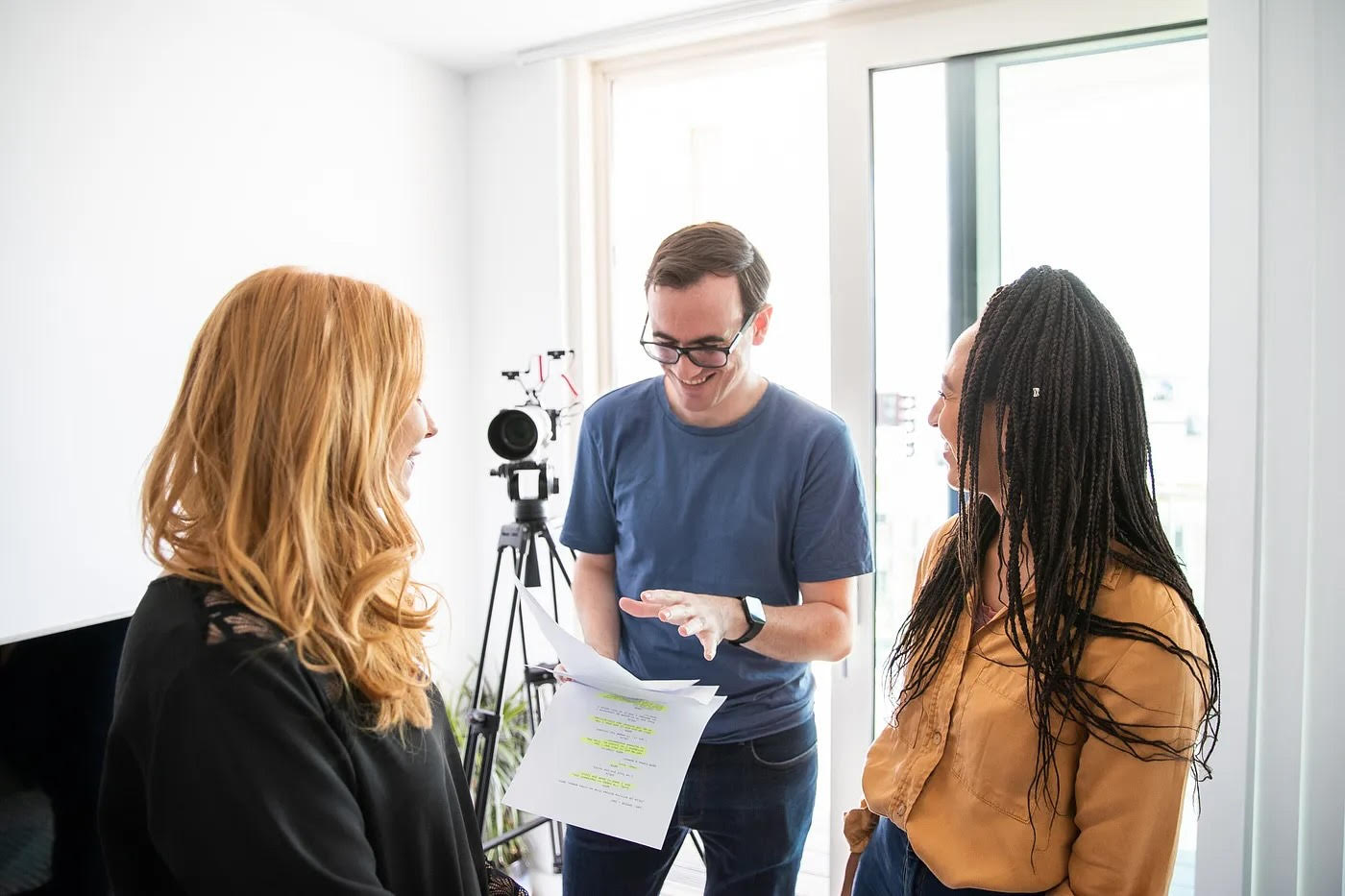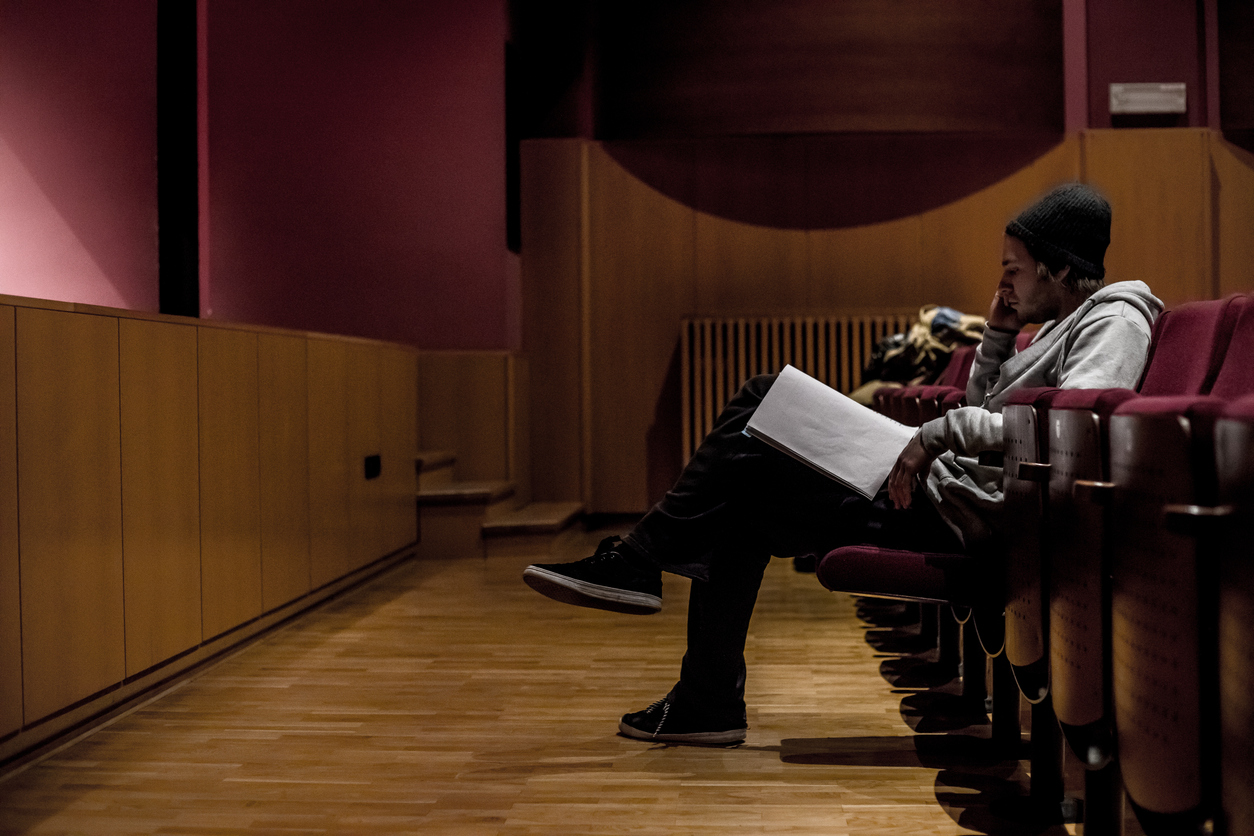Expert advice to turn your showreel into a compelling narrative that helps you showcase your talent and stand out to casting directors.
Your showreel is your visual CV and can be key to catching the eye of casting directors, agents and other casting professionals. But how can you ensure your showreel doesn’t just blend into the background?
Whether you’re a seasoned actor looking to refresh your existing footage or a newcomer eager to make a grand entrance, the right strategies can turn your showreel into a compelling narrative of your skills.
In this article, we ask Daniel Johnson, a filmmaker who helps actors create professional showreels, to share his expert tips for reinvigorating your acting showreel to best showcase your talent.
Tips to improve your showreel:
- Start with your most natural, believable performance
- Use your best material. Ditch the rest
- If you film a Showreel from Scratch, Do Your Research
- Use footage based on the material, not the credit
- Don’t repeat material
- Ditch the old stuff
- Don’t dazzle us with editing wizardry
- Find the best moments within scenes
- Aim for casting clarity
1. Start with Your Most Natural, Believable Performance
The very first scene on your showreel gives casting directors the strongest indication of who you are and what you’re capable of, so make sure you start with your most natural and believable performance. It sounds obvious, but it’s amazing how often actors don’t do this.
A naturalistic scene that shows how you talk and react is the strongest way to start your reel.
Tip: The first scene doesn’t need to be your ‘best’ credit, but it should definitely be your strongest performance.
2. Use Your Best Material. Ditch the Rest
It’s very common to see showreels that start out strong but end weak. Actors feel they need to show all the different types of characters they’ve played and cram every single piece they can think of into the showreel, but you should only use the material that shows your best performance(s).
Tip: Focus on recent material that gives us a strong sense of who you are and what you can do.
3. If You Film a Showreel from Scratch, Do Your Research
The job of a showreel company is to create work that is geared towards showing your strengths, helping you to be more castable. The role of a bespoke scene is not to make it look like you were in a movie. You definitely want your showreel to look, sound, and feel professional but the key thing casting professionals need to see is you, in close-up, being a believable character.
If you’re creating a showreel from scratch, really focus on the writing. Whether you’re writing the scene yourself or working with a writer, be sure that you craft a piece that serves you well. It needs a premise that feels true and believable.
Tip: Make sure you are using original, copyright-cleared material and don’t recreate a famous film.
4. Use Footage Based on the Material, Not the Credit
Casting directors are smart. They know where you are in your career and they know what type of credits you have. It’s great that you might have worked with Benedict Cumberbatch on a scene, but if it isn’t strong showreel material, leave it as a credit on your Spotlight profile – it doesn’t need to be in your reel.
Tip: Don’t try to ‘dress up’ a role to look bigger than it is. It doesn’t work and does you a disservice.
5. Don’t Repeat Material
If you have two bits of usable footage – let’s say, a scene where you play a doctor and another where you break up with your partner – show us one scene, then show us the other and then be done. Don’t cut back and forth between the scenes.
When you show us each scene one time, it shows confidence in your material. It says, “Here’s me doing this thing and here’s me doing the other thing.” When you cut back to show the same scene again, it communicates, “This is the only material I have.”
Tip: Believe in the material you have. It may not be amazing, you likely know you can do better, but it’s better to lead with what you have, rather than trying to reshape it into being more than it is.
6. Ditch the Old Stuff
There’s a phrase made famous by William Faulkner, who said you must “Kill all your darlings.”
This advice was for writers to remind them that if a piece of writing doesn’t work and only exists because they love it, they should cut it out.
The same goes for showreels. Performers keep in old stuff if they have good credits. If you’re acting in a scene with Meryl Streep, it’s an amazing thing, and of course, you want it in your reel. But if the thing you filmed with Meryl was The Hours in 2002, I’m going to politely mention that you probably look a little different now and who you were back then is no longer helping you get cast now.
Tip: Focus on recent, relevant material that shows who you are now.
7. Don’t Dazzle Us with Editing Wizardry
A showreel needs to do a very simple thing: It needs to show that you’re a good actor. And it needs to give casting directors a sense of how they can and should cast you.
It doesn’t need to be a frenetic edit full of effects, transitions and montages. We just need to see you in scenes being a good actor. As Charlie Chaplin once said, “Simplicity of approach is always best.”
Tip: Make sure that you, or whoever is editing your reel, has the experience and capability to make the reel feel professionally edited. Dropped frames, black gaps and hastily choppy transitions will look amateur and affect the viewing experience.
8. Find the Best Moments Within Scenes
Let’s say you have a great five-minute scene from a short film. Or you were a guest star in an episode of an ITV drama. How do you figure out what material is best to include in your reel?
Think about what moment has the most believable acting. Is there an interesting conflict happening that holds the audience’s attention? Is there a clear, concise moment that captures the trifecta of premise, character and story? That’s the material you want to include in your showreel.
Be brutal in your assessment of the material and use the moment that is not only great acting but also holds the viewer’s attention.
Tip: There are two things you want to hear a viewer say when they’ve seen a scene of yours; “What was that from?” and “What happened next?” Those two questions mean the viewer was truly invested in what they were watching.
9. Aim for Casting Clarity
While you undoubtedly want to show your range of abilities, consider what story your showreel is telling the viewer. For example, it’s great to show that you can do different accents, but if your showreel has you performing English, American, Scottish and French accents, the viewer will likely have a hard time figuring you out. They may even end up doubting your natural accent.
You want to use scenes that give the casting director a strong sense of who you are and what you can do. Show off your different sides, but don’t try to force extreme versatility.
Tip: Even though you’re playing characters, many who are nothing like you, the best showreels still give us a sense – an essence – of who you are as an actor. Don’t obscure that by overcomplicating your showreel.

